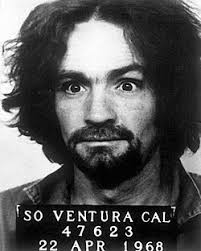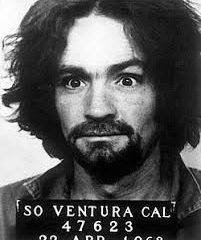The Dark Legacy of Charles Manson

Introduction
Charles Manson remains a figure of fascination and horror as one of the most infamous cult leaders in American history. His influence, alongside the brutal crimes committed by his followers in the late 1960s, continues to captivate the public and inspire discussions about cult dynamics, mental illness, and societal flaws. Manson’s story not only sheds light on the darker aspects of human psychology but also prompts us to consider the implications of manipulation and the fragility of societal norms.
The Rise of Manson
Born in 1934, Manson’s early life was marked by instability and crime, leading to multiple incarcerations. He eventually started attracting a group of followers in California, who sought an alternative lifestyle that he promised. Manson’s teachings, which combined elements of Scientology, apocalypticism, and his own distorted worldview, created a web of loyalty among his followers known as the “Manson Family.”
The Tate-LaBianca Murders
On August 8, 1969, Manson’s followers brutally murdered actress Sharon Tate and four others at her home, followed by the murder of Leno and Rosemary LaBianca the next night. The violence shocked the nation and marked a turning point in America’s counterculture. Manson was arrested in 1969, and his trial became a media sensation, symbolizing the dark side of the 1960s peace and love movement.
Legal Consequences and Sentencing
In 1971, Manson was found guilty of first-degree murder and conspiracy to commit murder. He was initially sentenced to death, but this was later commuted to life imprisonment when California temporarily abolished the death penalty. Manson’s cult-like influence and the gruesome nature of his crimes kept him in the public eye throughout his life. He spent nearly 50 years in various prisons before dying in 2017.
The Ongoing Legacy of Charles Manson
Today, Charles Manson’s legacy continues to spark discussions about the psychological and sociological mechanisms of cult dynamics. Various documentaries, books, and films have portrayed his life and ideologies, emphasizing the impact of his manipulation on his followers. Additionally, Manson’s life raises critical questions about how society can prevent similar situations from occurring in the future.
Conclusion
The case of Charles Manson serves as a chilling reminder of the depths of human manipulation and the potential for evil in society. His actions and the psychological control he exerted over his followers highlight the importance of education on mental health, critical thinking, and the potential red flags of cult-like behavior. Understanding Manson’s influence not only preserves history but also provides valuable lessons for preventing future catastrophes of a similar nature.









